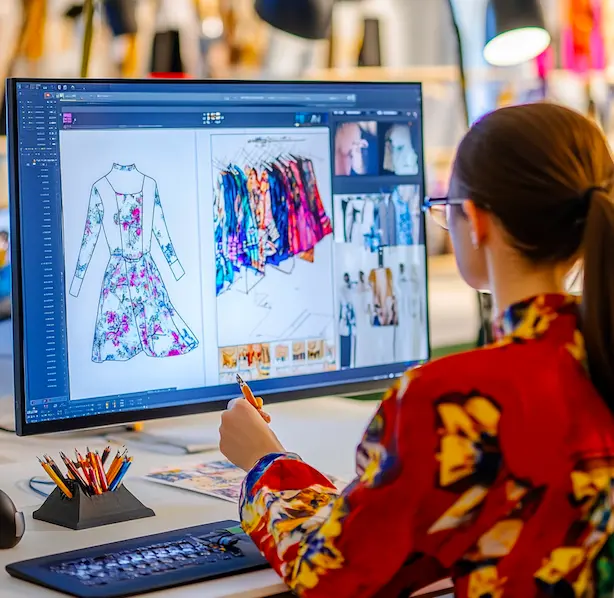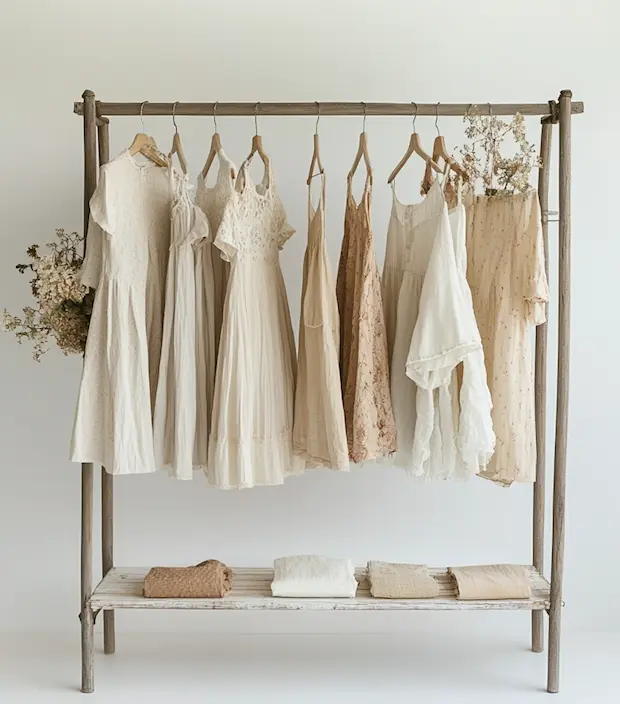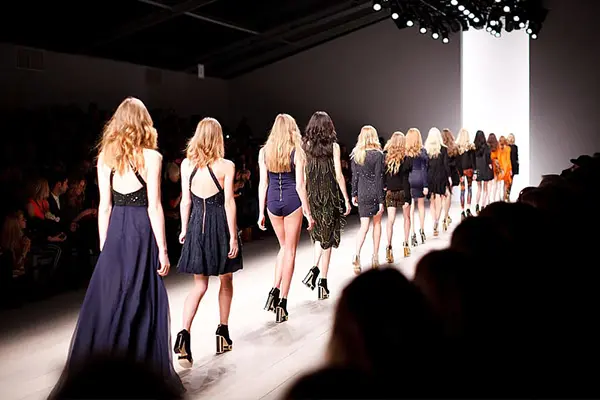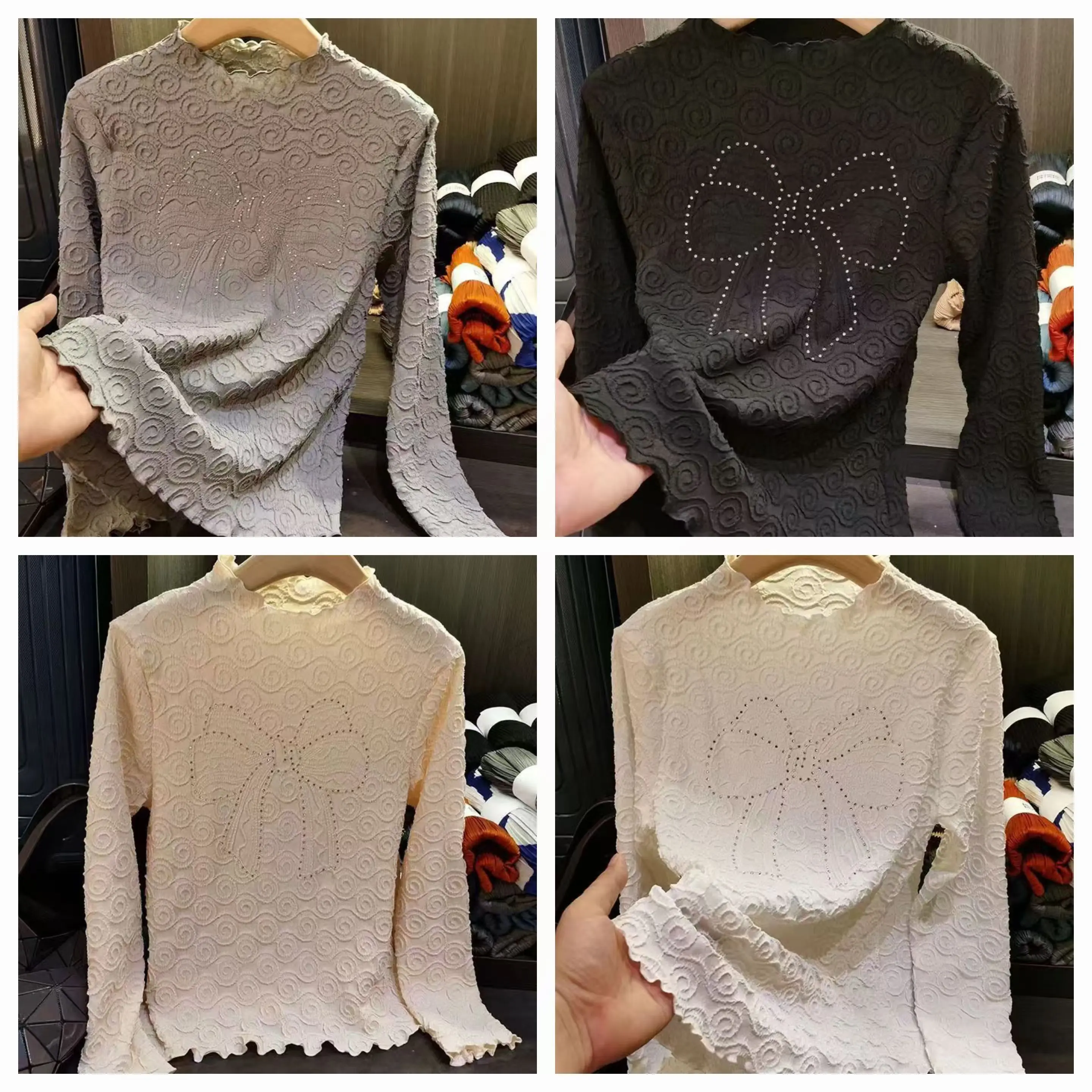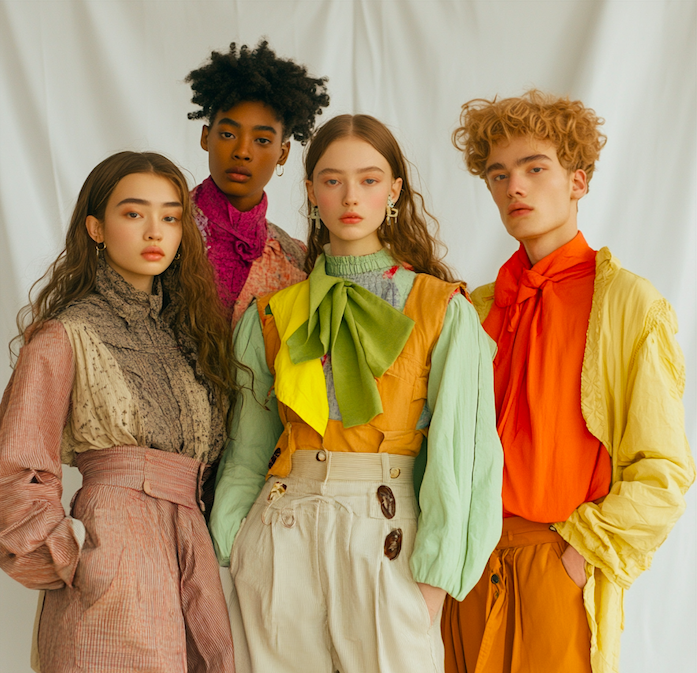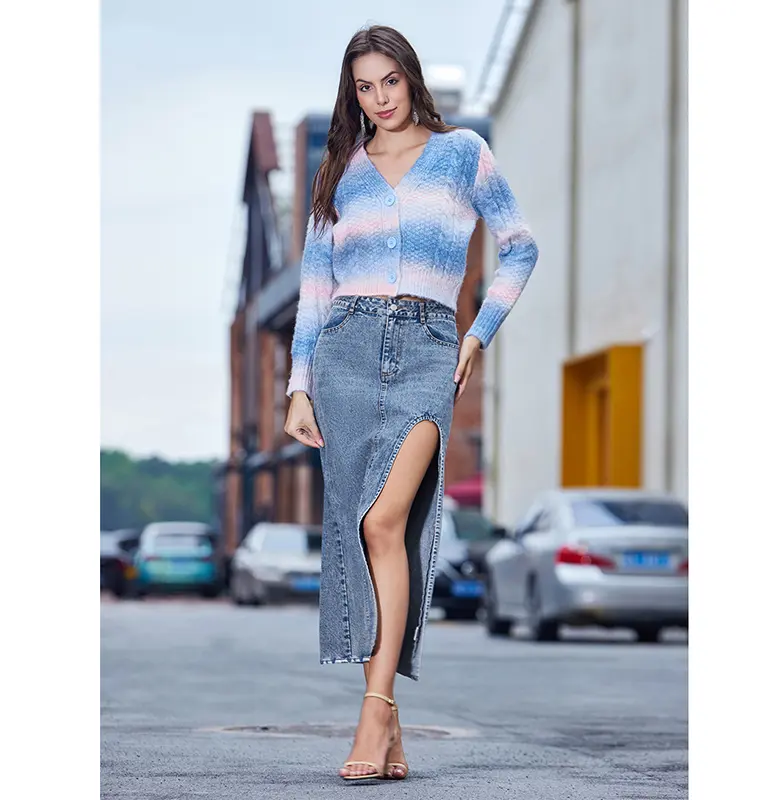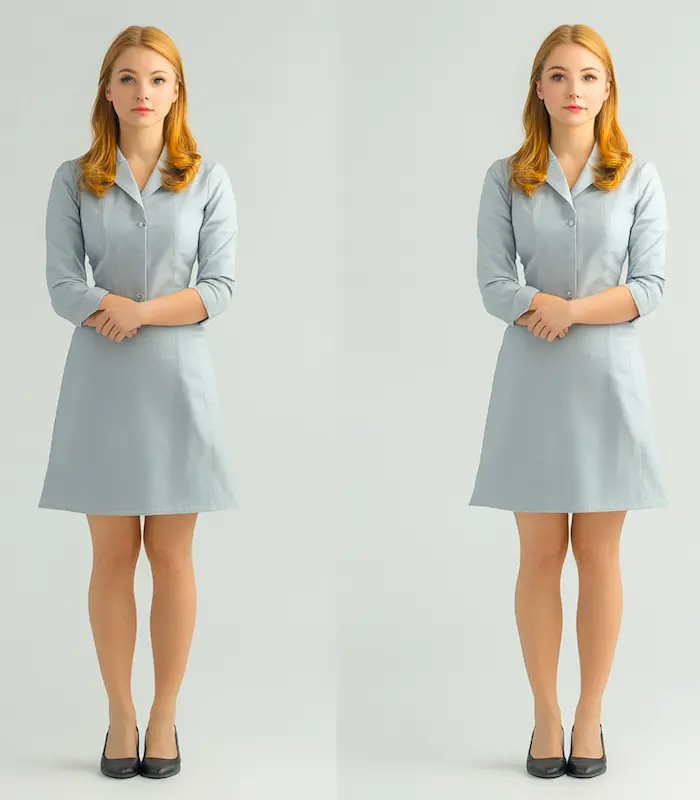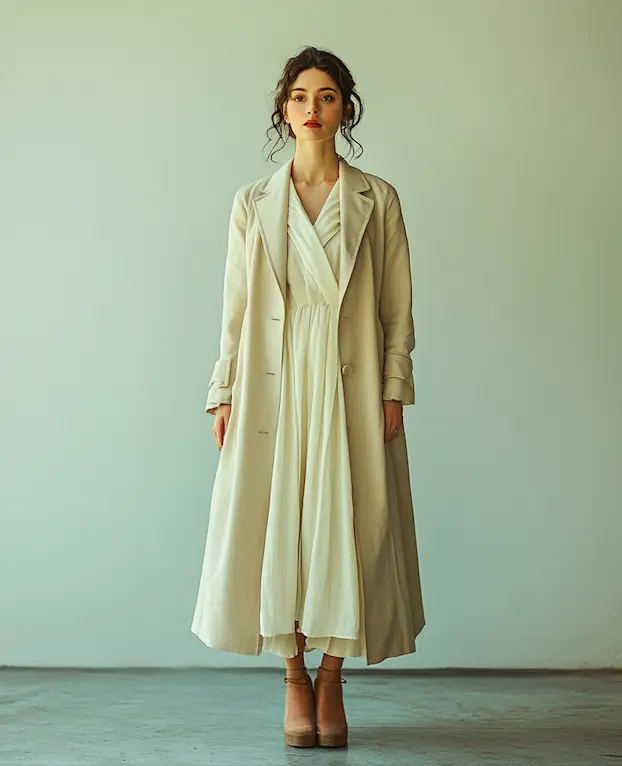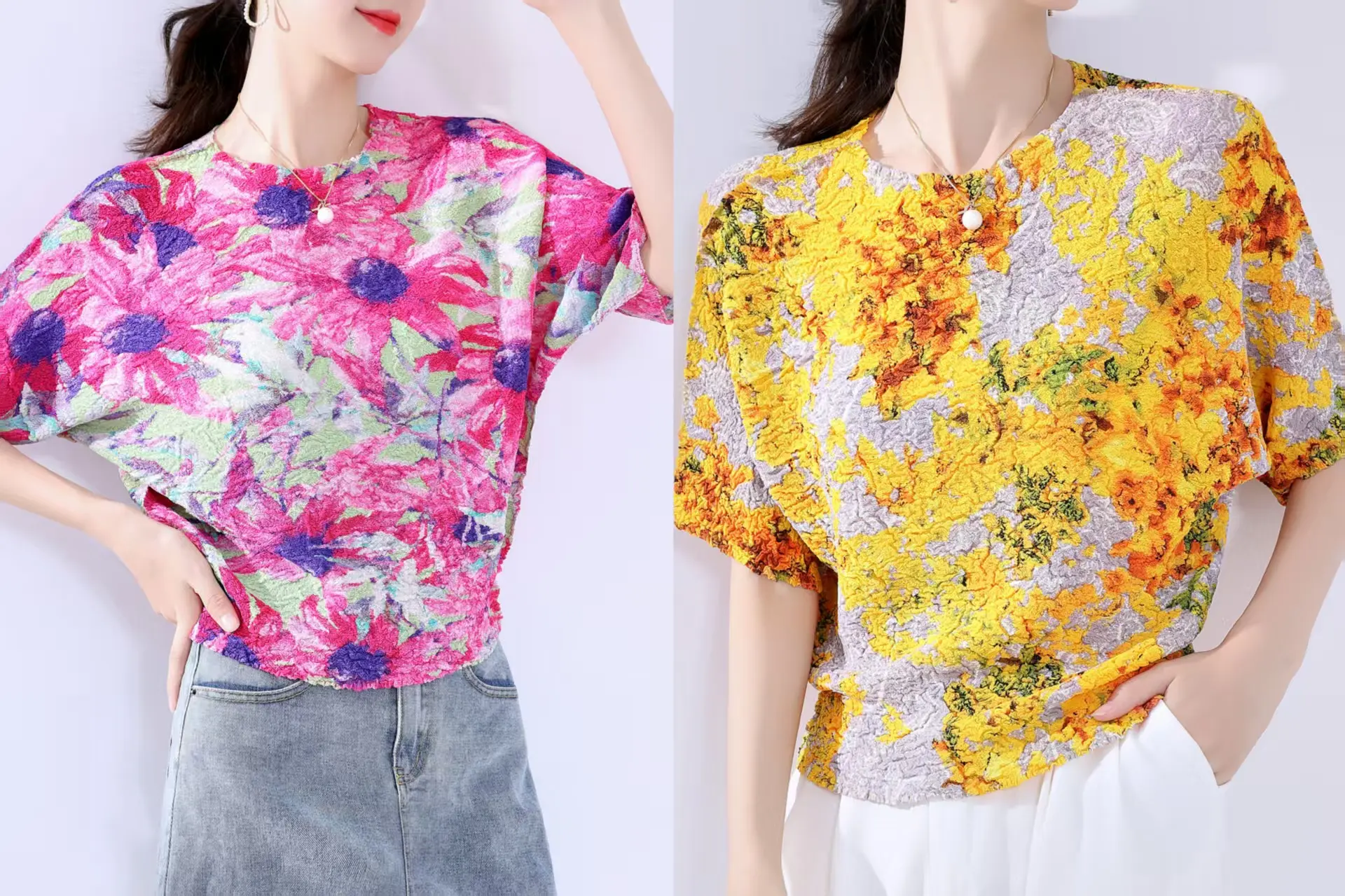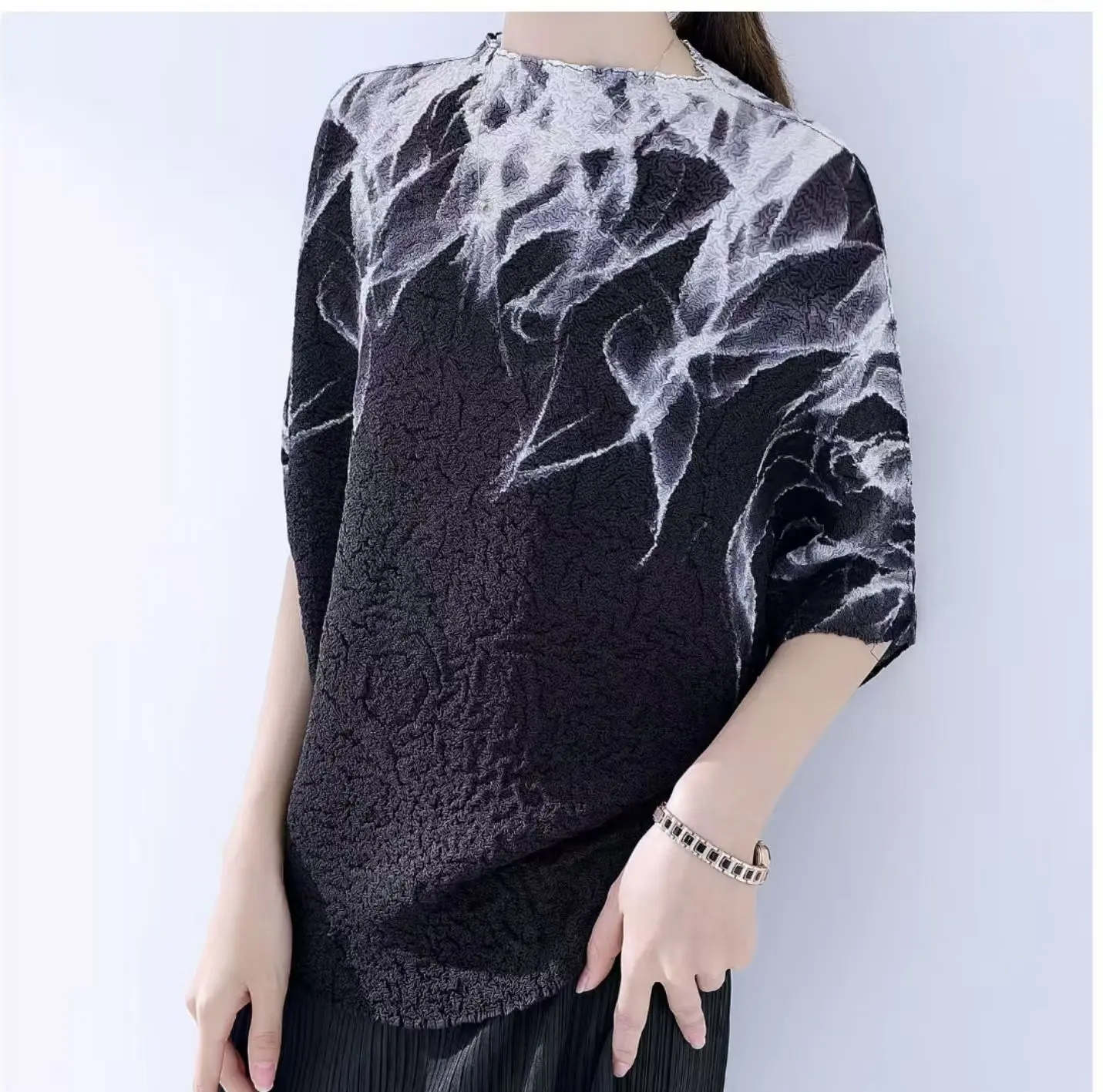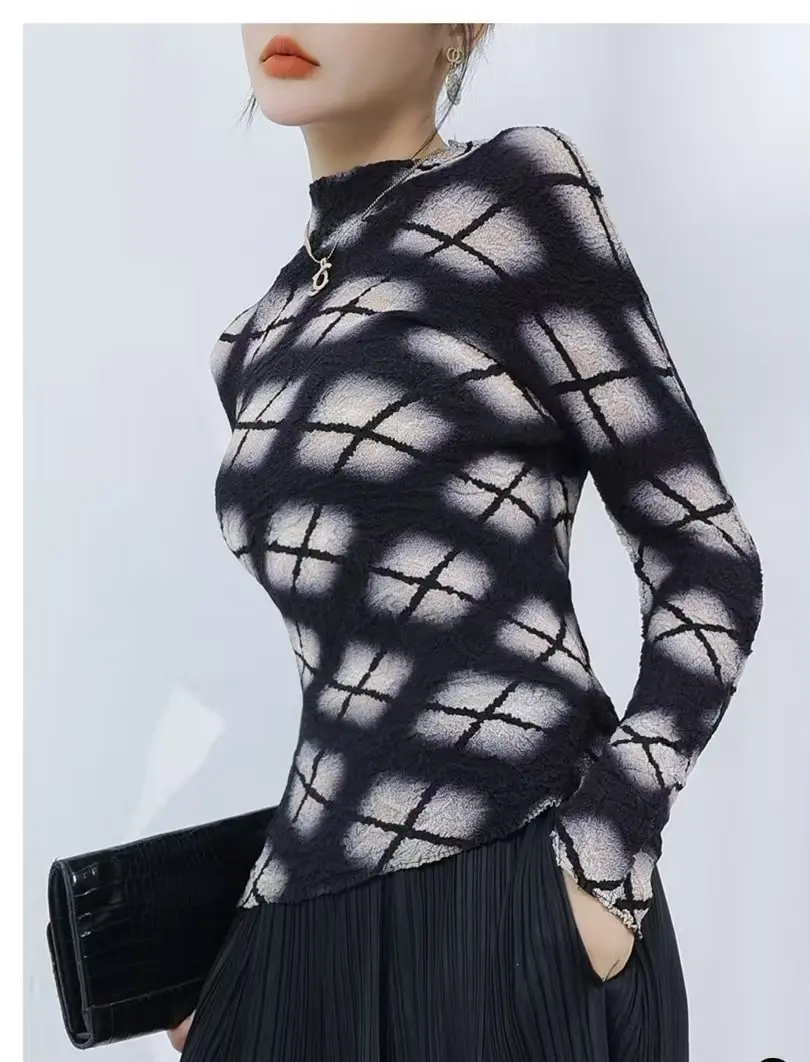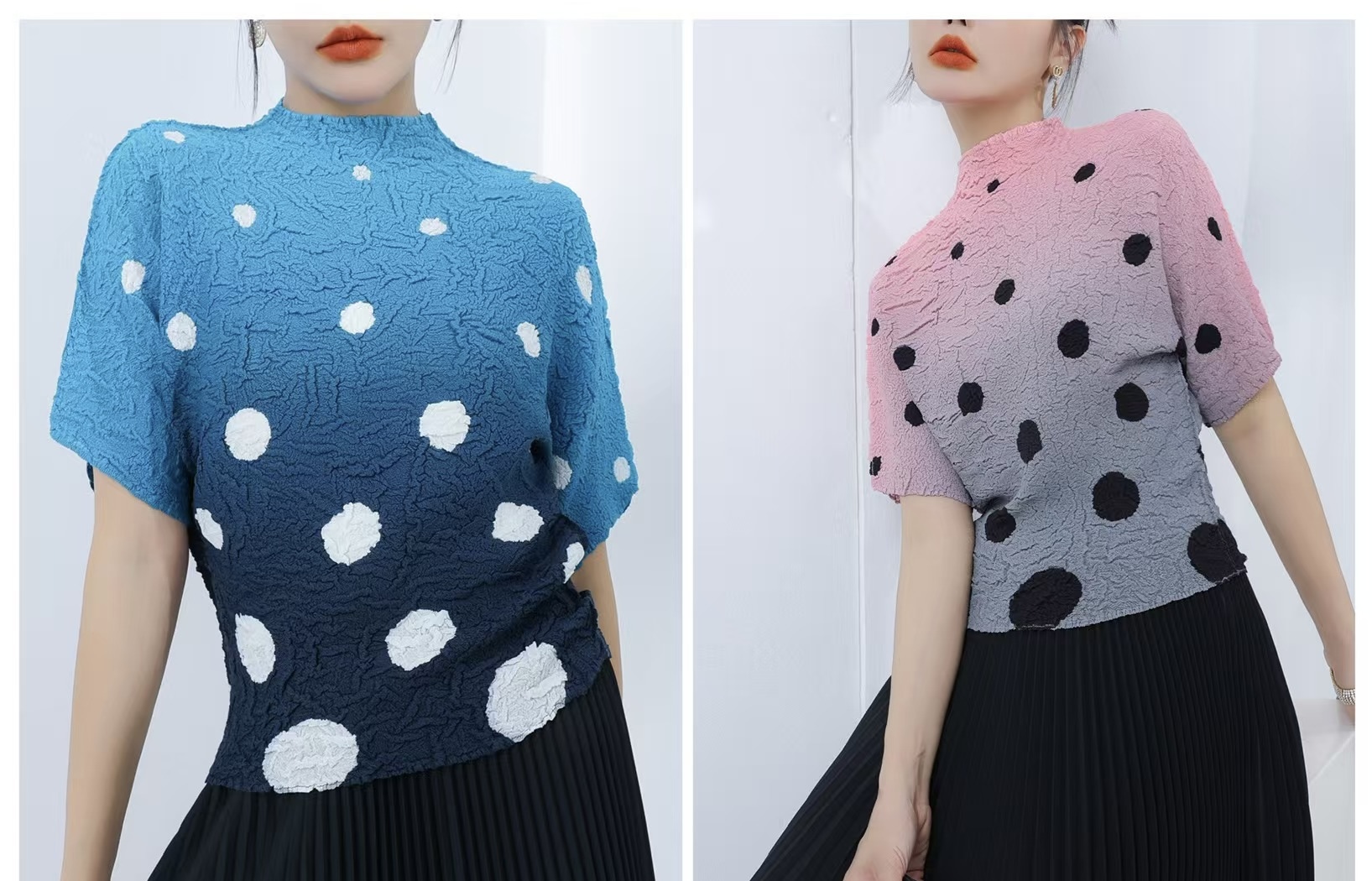Pleated Fashionable Ladies' Tops: Craftsmanship and Technology
Pleated fashion has been popular for decades. Women's pleated tops are stylish, lightweight, and durable. The key to quality lies in the production process. From fabric selection to embroidery and pleating, every step matters. This blog explores the technology behind pleated tops and provides essential purchasing tips.
1. Choosing the Right Fabric: Nylon vs. Polyester
The fabric determines the final look and feel. Women's pleated tops are usually made of nylon or polyester. Each material has its strengths.
- Nylon: Soft, breathable, and lightweight. Best for flowy designs.
- Polyester: Strong, wrinkle-resistant, and structured. Ideal for sharp pleats.
Example:
A brand focusing on soft, elegant pleats should choose nylon. A manufacturer producing structured tops with crisp lines should use polyester.
Buyer’s Tip:
- Check fabric weight. Heavier polyester holds pleats better.
- Nylon is best for summer tops.
- Look for blends to balance softness and durability.
2. Embroidery: The First Step to Design
Before pleating, the fabric is embroidered. This process adds texture and uniqueness. High-density embroidery ensures patterns remain clear after pleating.
- Machine embroidery: Precise, cost-effective, and suitable for mass production.
- Hand embroidery: More delicate but expensive. Best for high-end fashion.
Example:
A luxury brand producing premium women's pleated tops may prefer hand embroidery. A fast-fashion retailer needs machine embroidery for bulk orders.
Buyer’s Tip:
- Choose tight, even stitching. Loose threads affect durability.
- Avoid heavy embroidery on lightweight fabrics. It may weaken pleats.
3. High-Temperature Pleating: Locking in the Shape
Pleats are created using heat and pressure. The process must be precise. Poor pleating leads to uneven folds and short lifespan.
- Permanent pleating: Uses temperatures above 180°C. Works best on polyester.
- Soft pleating: Lower heat for delicate fabrics like nylon.
Example:
A polyester pleated top with permanent pleats stays crisp after washing. A nylon pleated top with soft pleats may require careful ironing.
Buyer’s Tip:
- Check pleat depth. Deeper pleats hold better.
- Stretch-test a pleated sample. If folds shift easily, quality is low.
- Ensure the factory uses automated pleating machines for consistency.
4. Design and Styling Considerations
Different styles require different pleating techniques. The right choice depends on market demand.
| Style | Best Fabric | Pleating Type | Market Segment |
| Soft, flowy blouses | Nylon | Soft pleats | Casual wear, summer collections |
| Structured tops | Polyester | Sharp pleats | Formal wear, business fashion |
| Embroidered luxury tops | Nylon-polyester blend | Hand pleats | High-end fashion |
Buyer’s Tip:
- Trendy designs should focus on flowy pleats.
- Corporate styles need structured pleats.
- Test samples under different washing conditions before ordering.
5. Market Demand and Purchasing Tips
The demand for women’s pleated tops is growing. Buyers should focus on quality, consistency, and production efficiency.
Example:
A European brand sourcing pleated tops for summer collections should choose lightweight nylon. A U.S. retailer targeting winter fashion should order polyester pleated tops for better structure.
Buyer’s Tip:
- Ask for pleating durability reports before bulk orders.
- Verify production lead times. Delays in pleating can affect delivery.
- Choose suppliers with automated pleating technology for uniform quality.
Conclusion
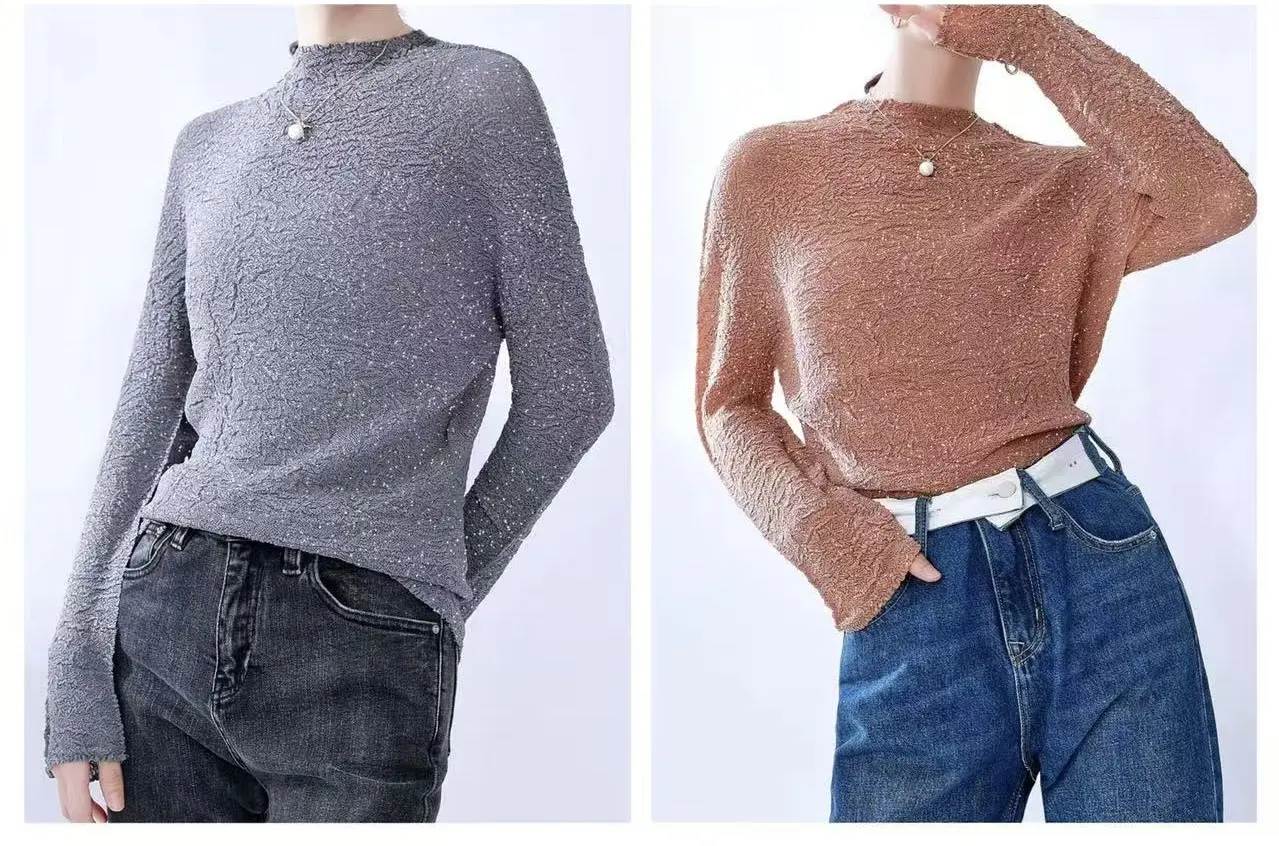
Women’s pleated tops require precision at every stage. Buyers must pay attention to fabric choice, embroidery quality, and pleating technology. Investing in high-quality materials and skilled production leads to better sales and customer satisfaction.


